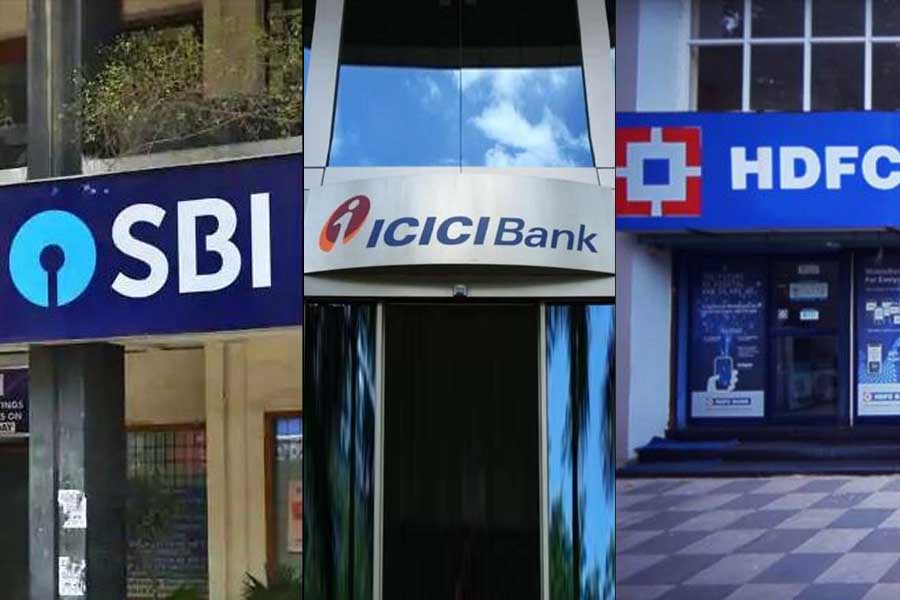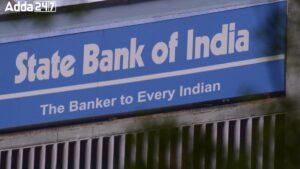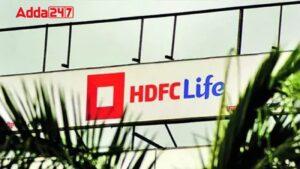The Reserve Bank of India (RBI) has reaffirmed State Bank of India (SBI), HDFC Bank, and ICICI Bank as Domestic Systemically Important Banks (D-SIBs). Notably, SBI and HDFC Bank have been shifted to higher buckets, necessitating increased D-SIB buffer requirements effective April 1, 2025.
Bucket Classification and Requirements
- Bucket 5: No Designation
- Bucket 4: State Bank of India (SBI) – Additional CET1 requirement of 0.80%.
- Bucket 3: No Designation
- Bucket 2: HDFC Bank – Additional CET1 requirement of 0.40%.
- Bucket 1: ICICI Bank – Additional CET1 requirement of 0.20%.
Implementation Timeline
- The heightened D-SIB buffer for SBI and HDFC Bank becomes effective from April 1, 2025.
- Until March 31, 2025, the applicable D-SIB surcharge for SBI and HDFC Bank remains at 0.60% and 0.20%, respectively.
Mergers and Impact
The classification of HDFC Bank considers its increased systemic importance post the merger of HDFC Ltd into the bank on July 1, 2023.
Background on D-SIBs
Established in 2014, the D-SIB framework mandates the RBI to disclose the names of designated banks annually. The banks are categorized based on their Systemic Importance Scores (SISs) into different buckets, each attracting an additional common equity requirement.
Financial Stability Report Highlights
- The 28th edition of the Financial Stability Report (FSR) by RBI indicates a steady improvement in India’s financial system.
- Commercial banks exhibit improving asset quality, with the gross non-performing asset (GNPA) ratio decreasing to 3.2% by the end of September.
- RBI Governor Shaktikanta Das underscores key policy priorities, including durable price stability, medium-term debt sustainability, financial sector resilience, and promoting inclusive and green growth.
RBI’s Regulatory Actions
In response to India’s fast-growing economy, the RBI recently tightened norms for personal loans and credit cards, imposing higher capital requirements to mitigate risks and potentially slow loan growth. The move is in line with the central bank’s commitment to act early and decisively to prevent risk build-up.
Questions Related to Exams
- Which banks are currently identified as Domestic Systemically Important Banks (D-SIBs) by the Reserve Bank of India (RBI)?
- What changes were made to the D-SIB classification for State Bank of India (SBI) and HDFC Bank?
- From when will the increased D-SIB buffer requirements for SBI and HDFC Bank be effective?
- What additional Common Equity Tier 1 (CET1) requirements do banks in Bucket 4 and Bucket 2 face?
- How did the merger of HDFC Ltd into HDFC Bank influence the bank’s systemic importance, according to the RBI?
- Why did HDFC Bank experience a change in its D-SIB classification?
Please Try to Answer in the Comment Section!!



 SBI Raises ₹5,000 Crore via AT-1 Bonds...
SBI Raises ₹5,000 Crore via AT-1 Bonds...
 HDFC Life's Commitment to DEI: A Dual Re...
HDFC Life's Commitment to DEI: A Dual Re...
 RBI Updates Alert List of Unauthorized F...
RBI Updates Alert List of Unauthorized F...

